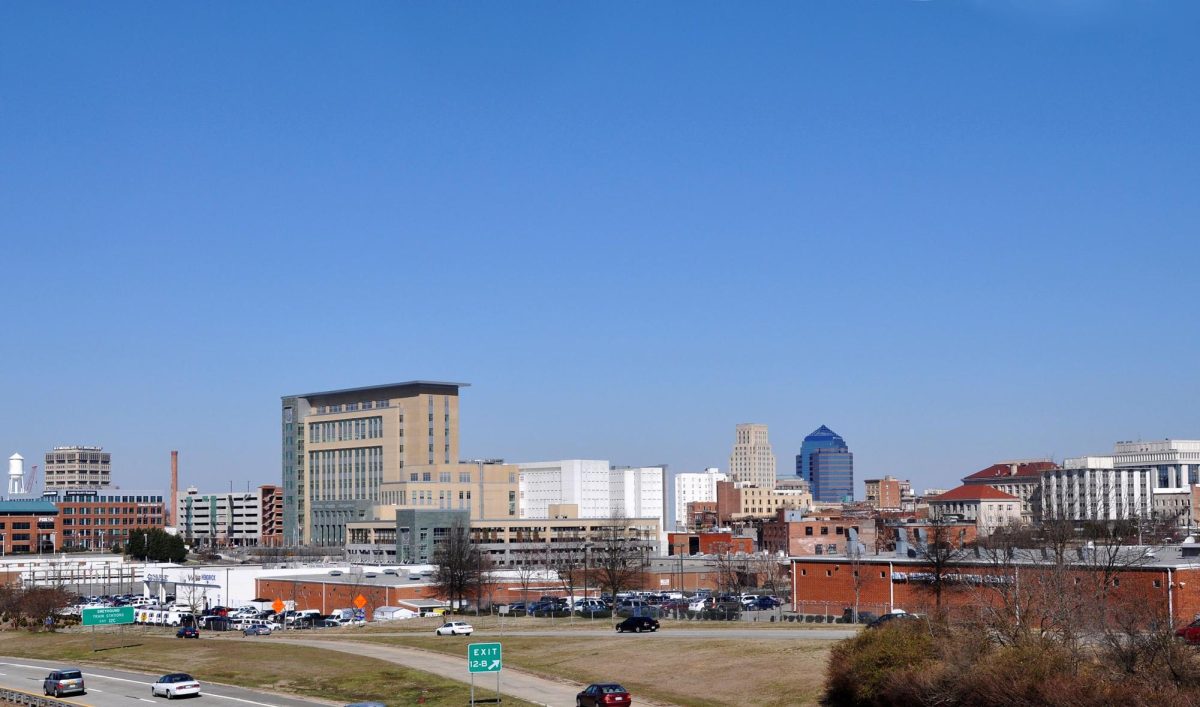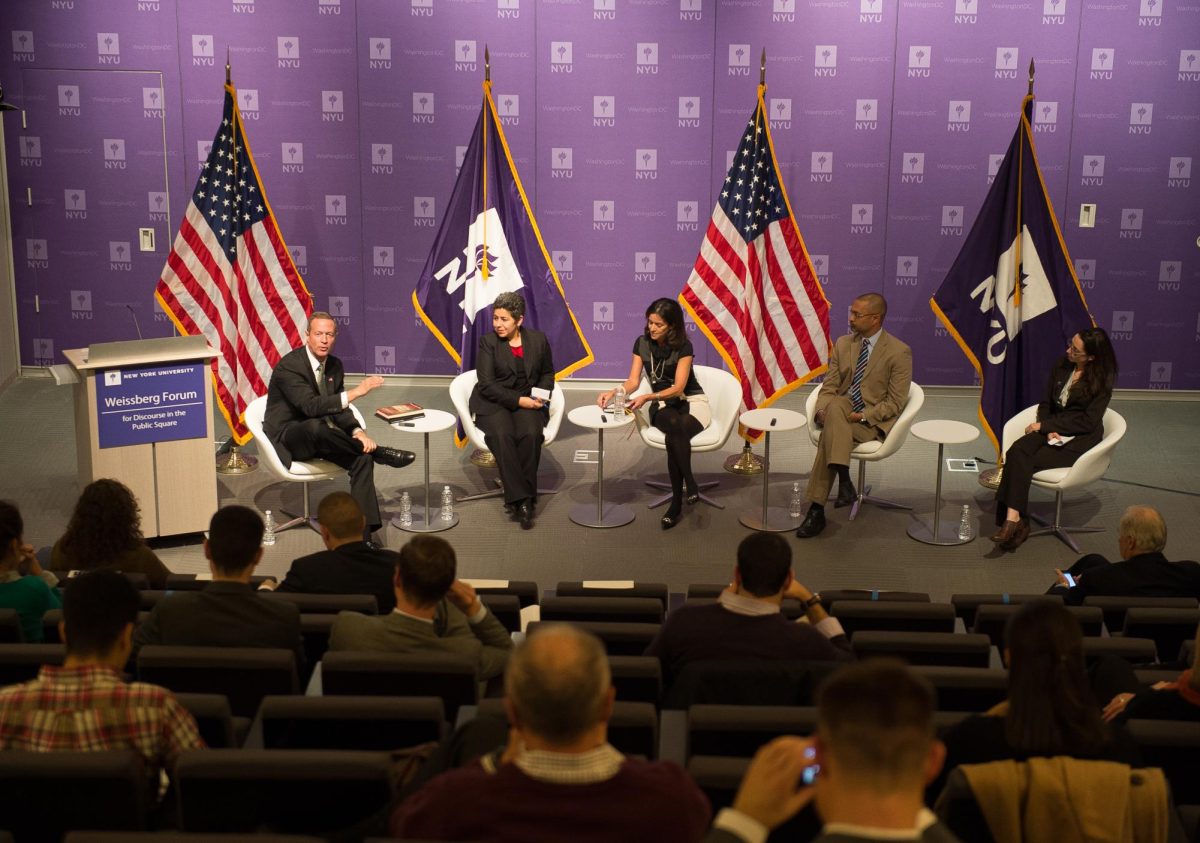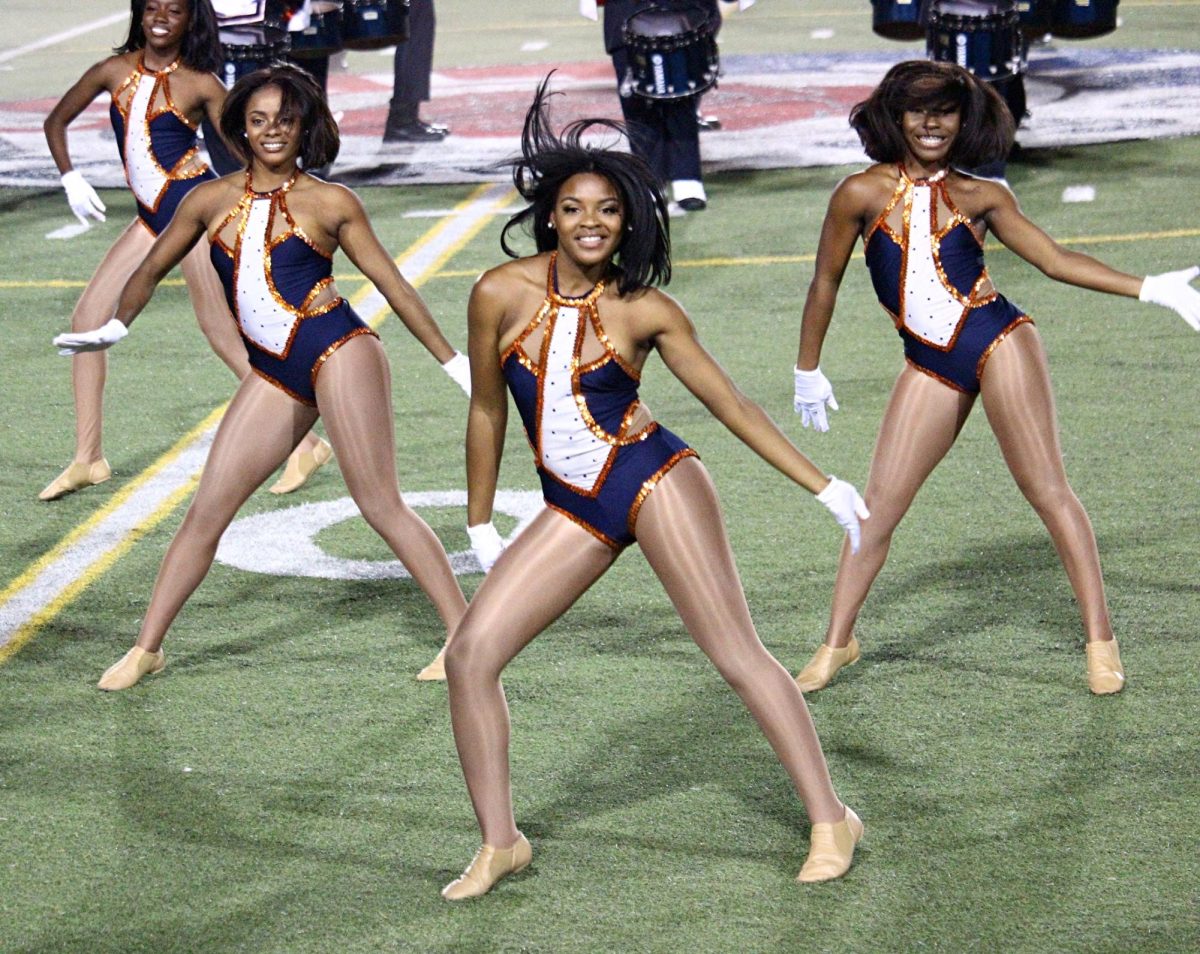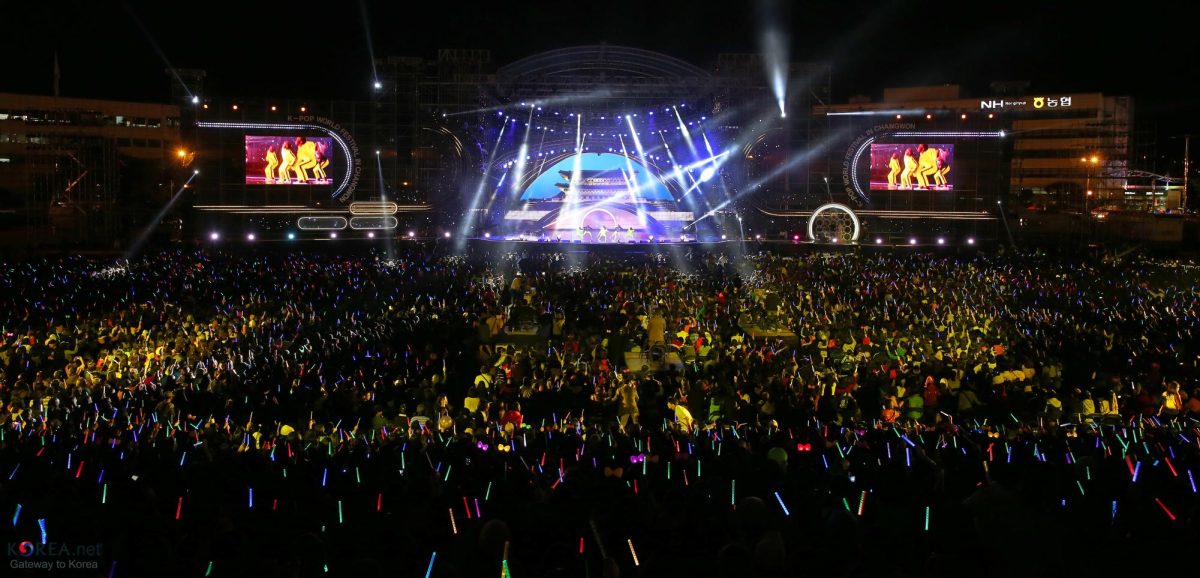Even before getting diagnosed with a learning disability and ADHD, I knew I was different from everyone else. What I didn’t predict is how my hidden disability becoming known to myself would make the people around me act differently.
According to the Invisible Disabilities Association, an invisible disability is described as a physical, mental or neurological condition that is not visible from the outside. However, it can limit or challenge a person’s movements, senses or activities.
When I finally got diagnosed with ADHD, teachers all of a sudden started to treat me like some toddler who couldn’t do anything, and some of my peers came up with creative ways to ostracize me.
In middle school, I enrolled in the Hill Learning Center, a private alternative school that specializes in teaching children with learning disabilities, and remained until graduating high school.
At all the public schools I had gone to, there were few people like me, and there was a strange stigma in talking about disability. However, the Hill Learning Center provided a community where disabilities weren’t taboo. From then on, that was my normal. At the Hill Learning Center, it was easier for me to learn not only because of the smaller class size, but also because teachers had been trained to teach neurodivergent students.
At public school however, teachers would often try to avoid following my 504 — a plan that provides support to students with disabilities so they can learn alongside their peers in general education. There was this belief that I was “doing just fine” or I was “not as bad off as some of the other kids in class.” However, even with a government document that helped me not fall behind my peers, I was still forced to almost justify my disability and that I actually needed help.
I had learned the cold, hard truth: they couldn’t see my disability, so they made assumptions about what I needed.
In high school I had trouble with one particular teacher who refused to follow my 504. I remember complaining about this to some of my teachers at the Hill Learning Center, and they taught me how to get teachers to follow the document anyway. Of course, I naively thought that would be the end of my troubles. Sadly, that was not the case.
Once junior year finally calmed down, I remember talking to another neurodivergent friend about how chaotic the entire process was. Then I got hit with a sentence I will never forget, “You just have ADHD, so it’s not that big of a deal. Others have it way worse than you.”
I remember questioning why someone, who is also neurodivergent, would boil down my disability problems. The bottom line was that we both were struggling to get teachers to just do their job. However, in her eyes, I could deal with it better because my case of ADHD was less severe than hers, so I had no right to complain. I was lower than her in some weird disability hierarchy, which meant I wasn’t allowed to complain. Surely her weird opinion was just out of the blue and didn’t come from anywhere.
In the book “Moving Violations: War Zones, Wheelchairs, and Declarations of Independence” an idea about the disability hierarchy was mentioned. There it was, an actual explanation to my friend’s weird comment, “not as bad off as others.”
An invisible hierarchy shouldn’t define how much help I get, and it’s not the community itself that created it. People with disabilities should be allowed to get the help they need without the stigmatizing factor. Both people with physical and mental disabilities get ignored but the hierarchy determines how they get ignored — Simple as that. Sadly, not how the world works, and with this mentality within the community, how do we fight against this ideology? Everyone in the neurodivergent community has had to deal with fighting for our voices to be heard. Even with a government document attached to me, I still have to fight to get people to listen.
That is the problem, and it has always been the case. This hierarchy shouldn’t define what way people get ignored.







